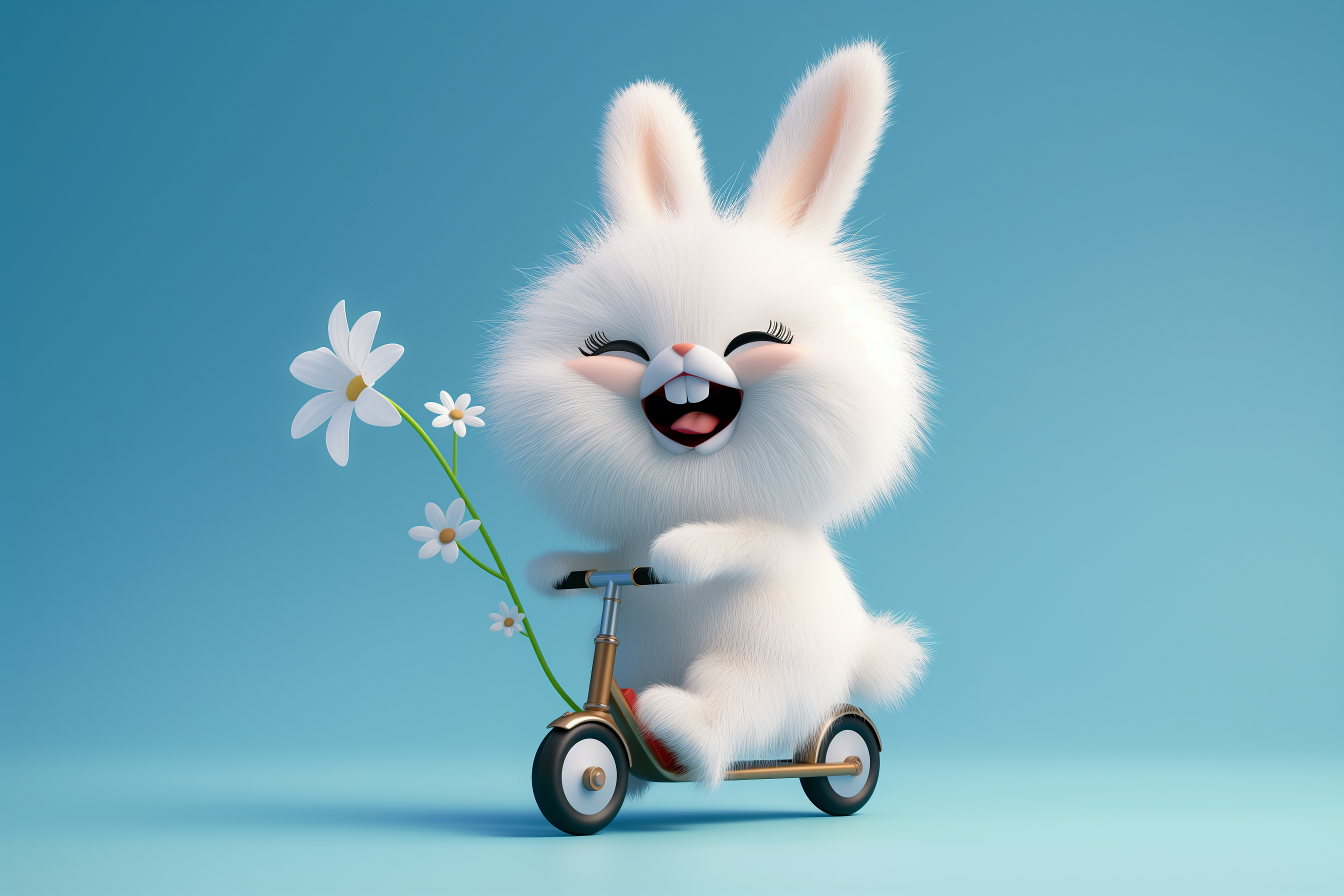Today I’m going to tell you about using ‘wonder gestures’ to help create a ‘wonder dimension’ for your brand. In another blog post I introduced the importance of giving your brand a ‘wonder dimension’ to help you compete for attention in today’s competitive market. Having a ‘wonder dimension’ helps you engage with your customers on a deeper, more emotional level. One of the ways to do this is through storytelling.
Wonder gestures – what are they? They are small acts that bring unexpected delight to your customers. Surprising, memorable moments that disrupt your customers’ expectations and inspire them to share their experience with their network.
The Magic Castle Hotel
A brand in the US that executes this strategy exceptionally well is the Magic Castle Hotel in LA. The Magic Castle Hotel has (in previous years) been the top-rated hotel in LA on Trip Advisor, beating the Four Seasons and Hotel Bel Air. The weird thing is… if you look at photos of the hotel online, it just doesn’t look like one of the best hotels in LA. The pool is small, the room decor dated, and furnishings are sparse and old fashioned. It hardly even qualifies as a hotel.
So what’s the secret to its success? Popsicles.
Mounted on a wall by the pool is a red phone. When you pick it up someone answers “Hello, Popsicle hotline”. You place an order, and minutes later a staffer wearing white gloves delivers your fruity popsicles to you on a silver tray. The Popsicles are free.
(They also offer free snacks, board games, unlimited free laundry and have magicians performing at breakfast 3 times a week.)
The Four Seasons might be famous for prestige and reliable quality, but travellers love the special, magical moments that the Magic Castle Hotel delivers. Most great service experiences are normally forgettable because they are expected, and not unique. The Magic Castle’s magic moments are quirky, unique and memorable. Every visitor goes home with stories about the hotel.
Mastercard’s ‘wonder gestures’
Mastercard is another brand who gets the idea of ‘wonder gestures’. They have been running a long-term campaign built upon the idea of rewarding customer loyalty with cool surprises. The “Priceless Surprises” campaign, created to engage with their customers over social media, set out to surprise cardholders when they least expected it. The spontaneous gifts ranged from small gifts, like cupcakes, to more extravagant ones like concert tickets and VIP celebrity meetings. To date the #PricelessSurprises campaign has delighted 97,867 cardholders, in 25 countries.
Pop star Taylor Swift has used ‘wonder gestures’ effectively to build a strong and loyal fan base of “Swifties”. In 2014 she not only released a new album, she also personally delivered Christmas gifts to many of her fans, then made a video of the whole experience. The project was an incredible success and really grew and galvanised her fan base.
The lesson here for all brands is that it is possible to bring a sense of wonder and magic to each interaction you have with customers and prospects, whether it be online, by phone or in person. The key is to do things which have value but are also unique and unexpected. You need to disrupt customers’ expectations and make a strong emotional connection with them.
A personal example
These ‘wonder gestures’ don’t need to be expensive and grandiose. In January 2018 I signed up to an expensive digital training course from a respected authority in the field. I did it on a Sunday morning. 15 minutes after paying online I received a personalised video message from him thanking me for my purchase. He was in the gym at the time he recorded it, making it feel as though it was a live message just for me. I had never seen that done before and I was blown away.
You know, sometimes it’s the simple, unexpected experiences that work best. Because the real reason ‘wonder gestures’ are so powerful is that they tap into the sense of wonder and curiosity we had as children. Just like a good story does. Creating ‘wonder gestures’ is a form of real-life storytelling – creating a magic moment that transports the customer to another place emotionally.

